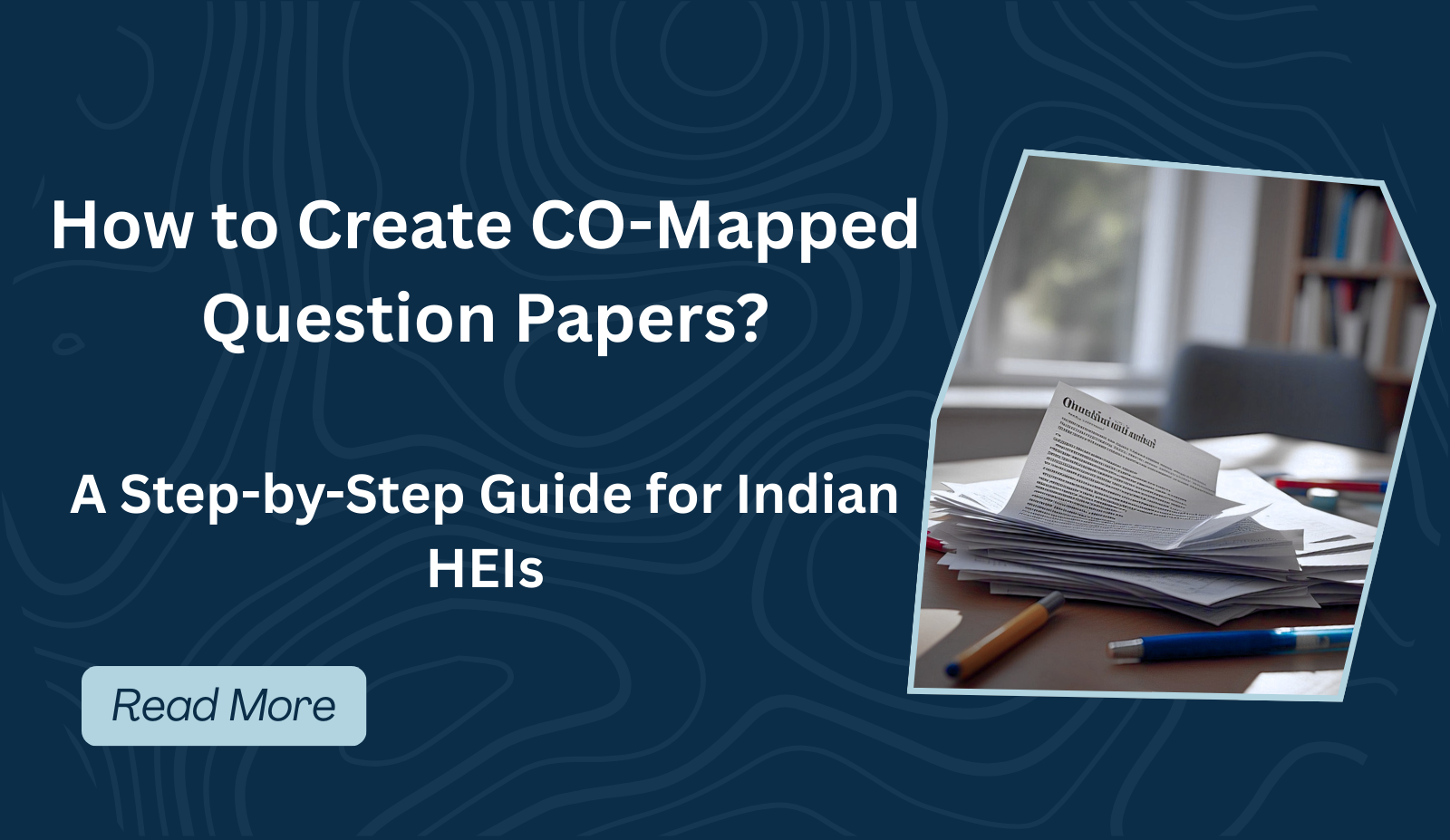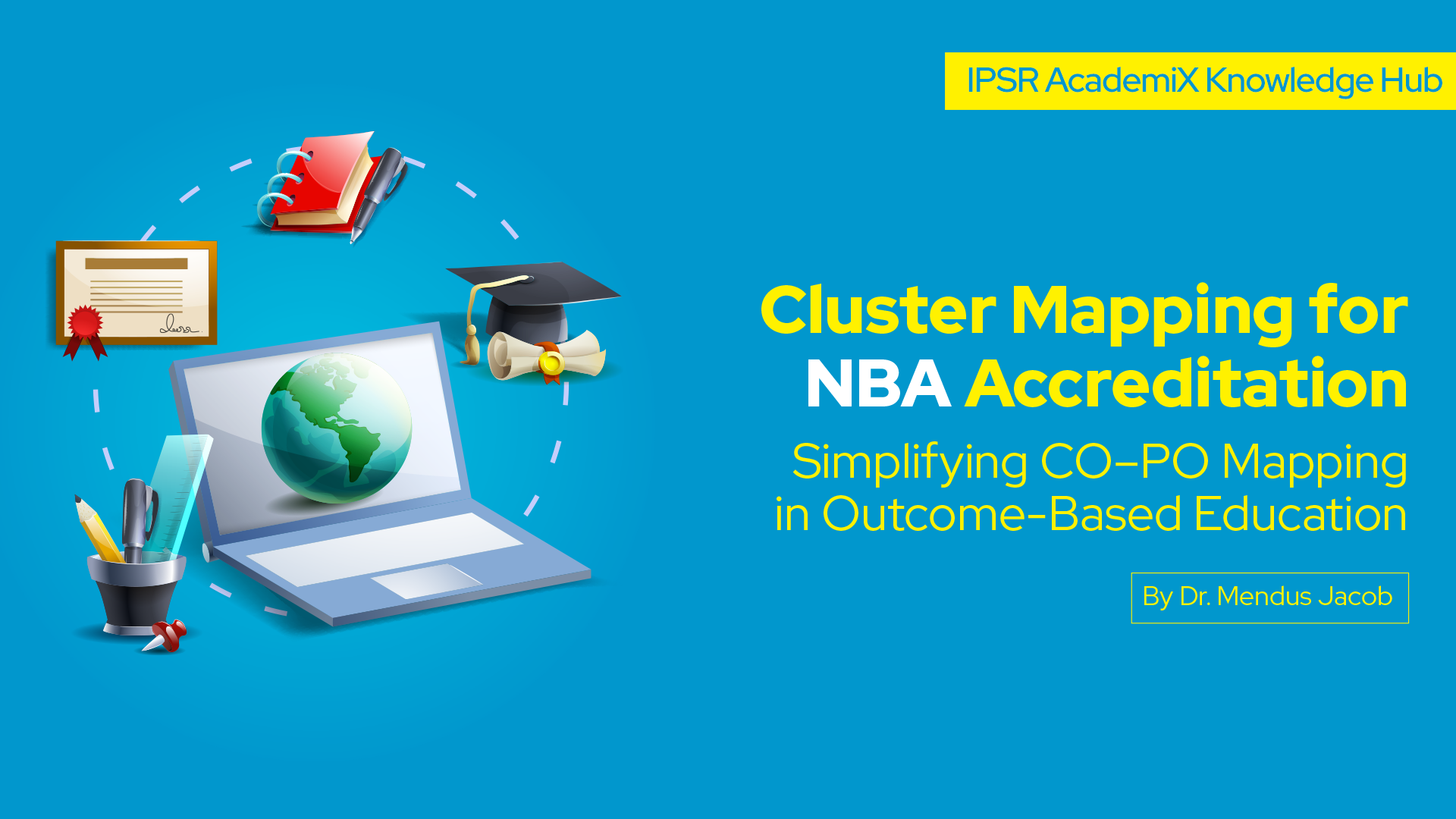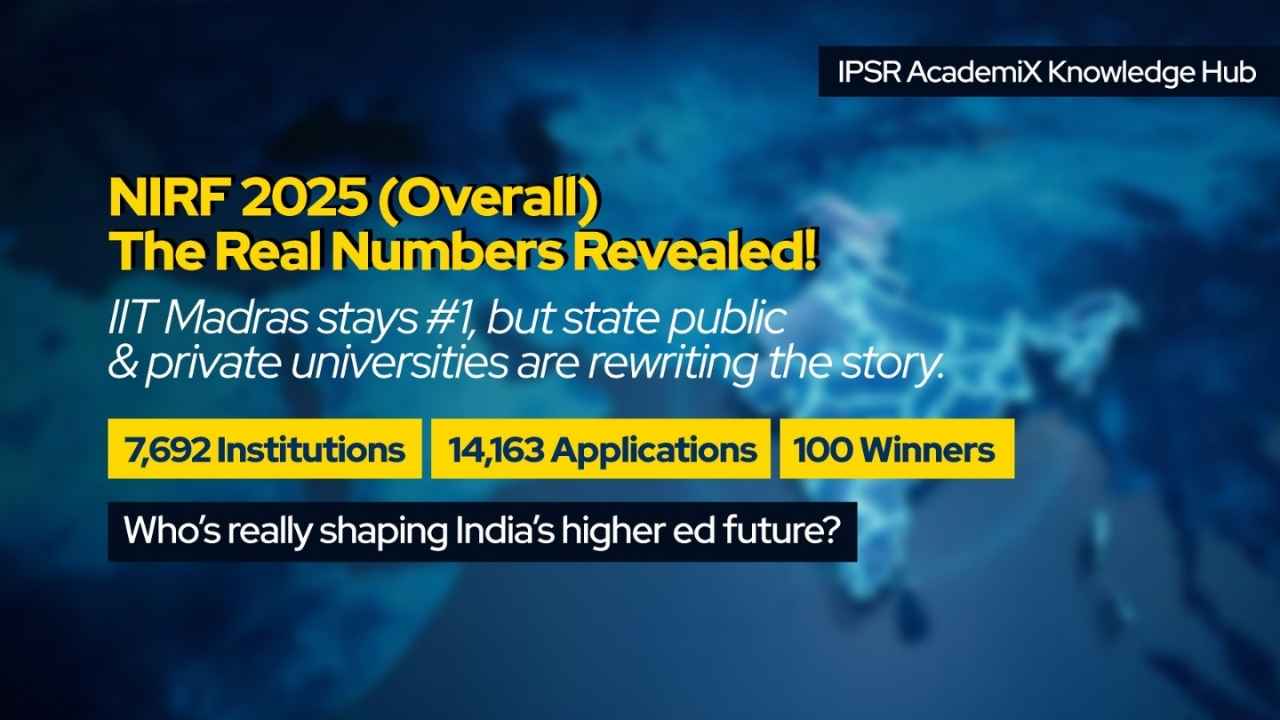
“Over 70% of faculty in Indian autonomous colleges report spending more than 10 hours per semester on question paper design and CO mapping alone.”
— AICTE Faculty Feedback Report, 2024
That’s an entire working day gone, every semester. All for manually juggling Bloom’s taxonomy, curriculum weightages, and CO-PO alignment. Imagine what could be done with that time instead: mentoring, research, innovation—or simply, better teaching.
In today’s Outcome-Based Education (OBE) environment, aligning assessments with Course Outcomes (COs) and Program Outcomes (POs) is non-negotiable. But here’s the catch—doing it manually is a nightmare.
Educators spend endless hours crafting question papers, mapping each item to outcomes, and analysing attainment metrics. This drains valuable time and opens the door to errors, misalignment, and inconsistent evaluations—all of which ultimately affect student learning and program accreditation.
Done right, CO-PO mapping can supercharge student outcomes.
Case in point:
A 2025 study published in the Indian Journal of Pharmaceutical Education and Research (Vol. 59, Issue 2) by Dr. D. Y. Patil College of Pharmacy, Pune found that structured CO-PO mapping—using NBA-aligned rubrics—significantly improved student performance and provided clarity on curriculum goals. The result? Better industry readiness and sharper academic focus.
Creating a CO-mapped, Bloom-aligned, syllabus-balanced paper isn’t just difficult—it’s like assembling IKEA furniture without screws, a manual, or coffee.
You’re expected to:
Let’s be honest: It’s too much.
Smart tools are redefining the way assessments are built, analyzed, and managed.
These tools aren’t just for convenience—they’re critical in a system focused on transparency, quality, and outcomes.
QnSmart i, by ipsr solutions limited, is a smart, OBE-aligned platform built for Indian HEIs. It’s not just another tool—it’s your virtual exam co-designer.
Bloom’s Taxonomy Integration
Craft questions from “Remember” to “Create”—ensuring comprehensive skill evaluation.
Easy Blueprinting
Build NBA-ready blueprints and map questions to COs very easily. Intuitive interfaces and spreadsheet templates for easy upload of questions.
Quality & Balance
Tag questions by difficulty, importance, and type—ensuring no lopsided assessments.
Time Efficiency
When a question bank and the blueprint for the question paper is ready, Question Paper is generated in about a minute.
Training & Support
Includes onboarding, webinars, and responsive help—ideal for academic and admin teams alike.
“QnSmart i doesn’t just automate assessments—it elevates them.”
Smart assessment tools are more than time-savers—they’re quality enablers. With automation handling the mechanics, educators can shift focus to what truly matters: driving student learning outcomes.
QnSmart i and similar platforms aren’t just the future—they’re the now. And if your institution is still relying on Word documents and Excel sheets?
It’s time to think smarter.
Think QnSmart i.
Join us for FREE to get instant email updates!

Simplifying CO–PO Mapping in Outcome-Based Education Accreditation by the National […]

The National Institutional Ranking Framework (NIRF) 2025 results are out, […]

What the Top 100 Rankings Reveal About India’s Universities The […]

Exploring patterns, trends, and the evolving landscape of technical education […]

Release date: September 4, 2025 Source: NIRF portal’s Overall Top-100 […]
Leave A Comment